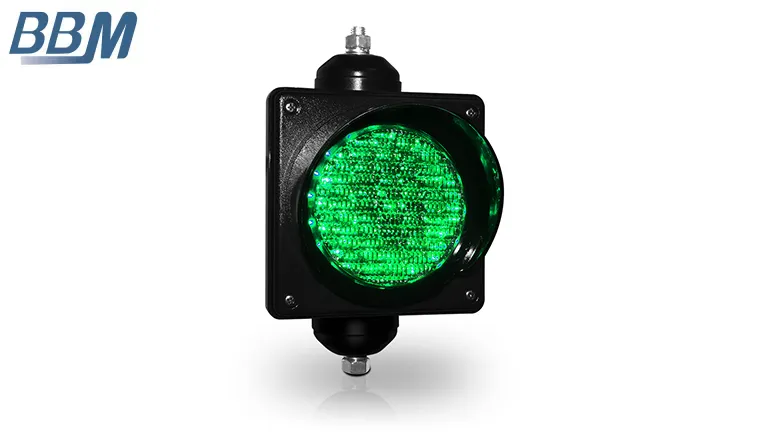Comparing Traditional vs. LED Traffic Lights: A Cost Analysis
When it comes to traffic lights, there are typically two main types that are widely used: traditional incandescent lights and LED lights. Both types serve the same basic function of controlling traffic flow and ensuring safety on the roads, but there are notable differences between the two in terms of cost.
Traditional Incandescent Traffic Lights
Traditional incandescent traffic lights have been around for decades and are known for their familiar red, yellow, and green bulbs. These lights operate by passing an electric current through a filament, which creates light and color. While these lights are effective at controlling traffic, they come with several drawbacks when it comes to cost.
One of the main drawbacks of traditional incandescent lights is their high energy consumption. These lights require a significant amount of electricity to operate, leading to higher utility bills for municipalities and other governing bodies responsible for maintaining traffic lights. In addition, the bulbs in traditional traffic lights have a relatively short lifespan, typically lasting only around 1,000 to 2,000 hours before needing to be replaced. This frequent replacement adds to the overall cost of operating traditional traffic light systems.
Advantages of LED Traffic Lights
On the other hand, LED traffic lights offer several cost-saving benefits compared to traditional incandescent lights. LED lights use light-emitting diodes to produce light, which are much more energy-efficient than incandescent bulbs. LED lights require significantly less electricity to operate, resulting in lower utility costs for municipalities. In addition, LED lights have a much longer lifespan than traditional bulbs, typically lasting around 50,000 to 100,000 hours before needing to be replaced. This extended lifespan reduces the frequency of bulb replacements, saving money in maintenance and labor costs.
While LED traffic lights may have a higher upfront cost compared to traditional incandescent lights, the long-term savings in energy and maintenance costs often make them a more cost-effective option in the long run. Studies have shown that led traffic light can save municipalities up to 80% in energy costs over traditional incandescent lights, making them a more sustainable and economical choice for traffic light systems.
Improved Visibility and Reliability
In addition to the cost-saving benefits, LED traffic lights also offer improved visibility and reliability compared to traditional lights. LED lights are brighter and more vibrant, making them easier for drivers to see and reducing the risk of accidents due to poor visibility. LED lights also have a faster response time, turning on and off instantly compared to the gradual warming up and cooling down of traditional incandescent bulbs.
Conclusion
Overall, when comparing traditional incandescent traffic lights to LED traffic lights, the cost analysis shows that LED lights offer significant savings in energy and maintenance costs over the long term. While the initial investment may be higher, the improved efficiency, reliability, and visibility of LED lights make them a more cost-effective and sustainable option for traffic light systems.